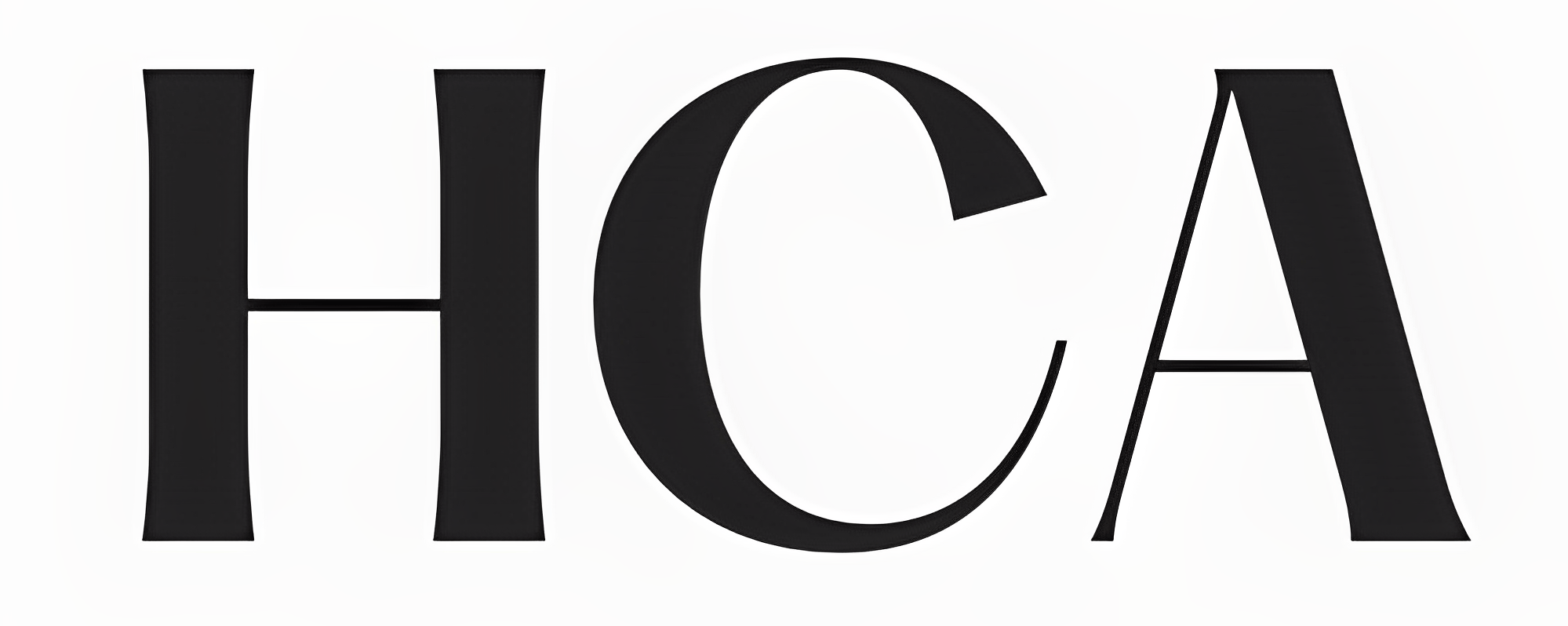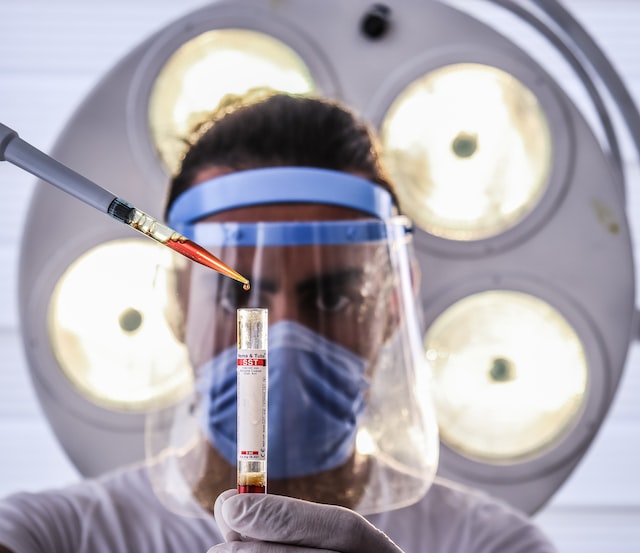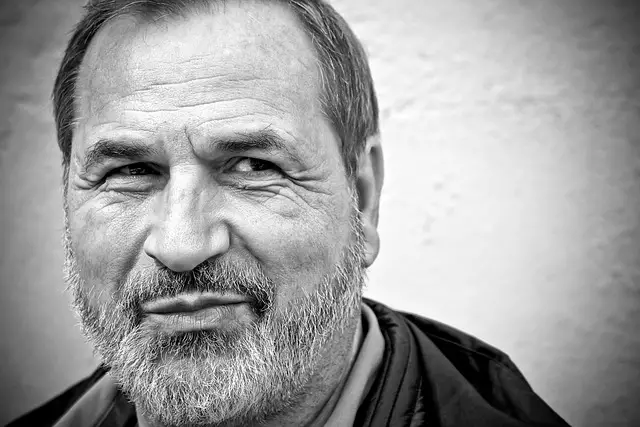How To Hide Donor Area After Hair Transplant?

In this article, you will learn different ways to hide Donor area hair after a hair transplant surgery.
Immediately after the hair transplant, donor areas are covered with clots and it is swollen. And, there will be stitches in the Donor area if you’ve gone through a FUT hair transplant. After a few days, you’ll usually find scabs or thin white dots in the donor area.
These things make the donor area looks very unattractive. You don’t want to reveal it to others. You want to hide it when you go outside or resume your work so that nobody notices it. How?
Keep reading to find out ways to hide the donor area after a hair transplant.
How to hide the Donor area after a hair transplant? ( 3 Ways)
#1 Wear Hat
To hide the Donor area after a hair transplant, you can wear a hat.
However, wearing a hat is not recommended immediately after hair transplant surgery. That’s because it can pull out transplanted hair follicles, which are not fixed yet.
Commonly, it is advised to wear a hat only 10 days after hair transplant surgery.
Wear a loose-fitting hat or cap for a few hours to cover your donor area after a hair transplant.
When you wear a hat for longer, it increases the chance of infection due to excessive sweating and lack of air circulation within the hair.
#2 Cut your hair short a few weeks before a hair transplant
If you don’t want anyone I noticed that you have a hair transplant, you can do that by cutting your hair short a few weeks before hair transplant surgery.
Have your hair trimmed so that people will assume that you’ve adopted a new hairstyle.
Then, after a week off from work for recovery, your hair will grow back and become similar to the hairstyle you had before the hair transplant surgery. And, people will see no change in your hairstyle and they don’t ask any questions about it.
If your hair is very thin, you can use hair concealer too to hide the donor area.
#3 Choose the right Beard style
Another way to hide hair transplants or hide donor areas is to keep the long beard.
Short hair with a long beard will be your new style and they attract people’s attention, rather than the hair on your donor area after a hair transplant.
#4 Go for an Unshaven hair transplant
If you don’t want to wear a hat or trim your hair for hair transplant surgery but still want to hide the Donor area so that people don’t know about your hair transplant surgery, then the Unshave FUE method for hair transplant is for you.
In this method, you don’t have to trim your hair. The surgeon will harvest the hair from the donor area without saving the hair.
Blood clots and scabs will be hidden due to long hair and no one will notice the donor area of your head.
But, U-FUE (Unshaven FUE) is a very complicated surgery. In addition, it is more expensive than normal hair transplant methods such as FUE, FUT, or DHI.
Can you wear a bandana after hair transplant?
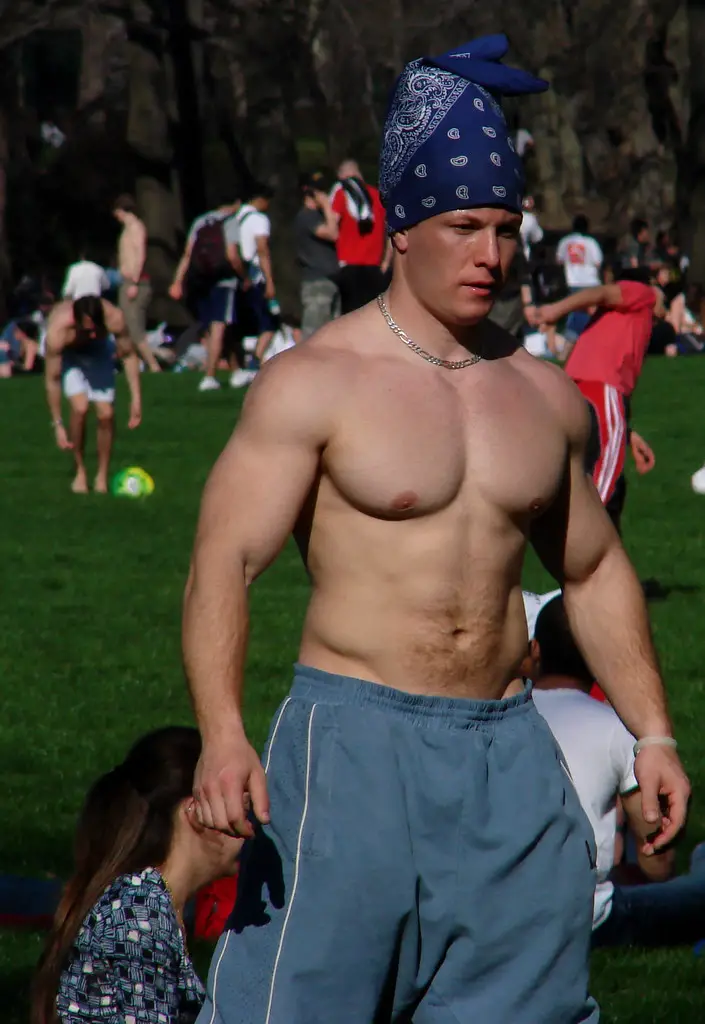
First and foremost, it’s essential to follow your surgeon’s specific post-operative instructions.
Generally speaking, however, you should avoid wearing a bandana or any tight headwear immediately after a hair transplant.
The reason for this is to prevent any unnecessary pressure or friction on the grafts, which can dislodge them and affect the overall success of the procedure.
Nevertheless, after a few days or once your doctor gives you the green light, you may be able to wear a bandana or other loose, non-abrasive head coverings.
Just ensure that it is made of soft, breathable fabric, such as cotton, and doesn’t apply any direct pressure on the grafts.
When can you wear bandana after hair transplant?
As mentioned earlier, you should wait for your doctor’s approval before wearing a bandana or any headwear.
Typically, this would be around 7-10 days post-surgery, but it can vary depending on the individual’s healing process and the specific procedure performed.
Can you wear headband after hair transplant?
Wearing a headband after a hair transplant is generally not recommended, as it can apply pressure and cause friction on the grafts.
Moreover, headbands can lead to excessive sweating, which may increase the risk of infection.
If you must wear a headband, do so only after receiving your doctor’s approval and choose one that is soft, loose, and made of a breathable material.
Can you wear hard hat after hair transplant?
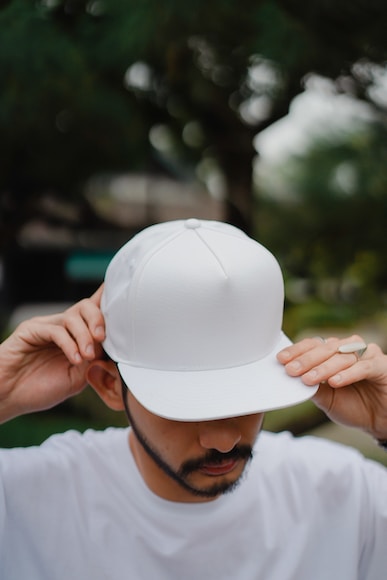
Returning to work after a hair transplant can be challenging, especially if your job requires wearing a hard hat.
Ideally, you should avoid wearing a hard hat for at least 4-6 weeks after the surgery.
If it’s absolutely necessary, discuss with your surgeon about the best way to protect your grafts while wearing a hard hat.
Dos and Don’ts after hair transplant
To ensure the success of your hair transplant and promote a smooth recovery, follow these general dos and don’ts:
Do:
- Follow your surgeon’s specific post-operative instructions.
- Keep your scalp clean and dry, as advised by your doctor.
- Sleep with your head elevated to minimize swelling.
- Gently wash your hair with a mild shampoo, as directed by your surgeon.
Don’t:
- Wear tight or abrasive headwear, including bandanas and headbands, immediately after the surgery.
- Expose your scalp to direct sunlight for prolonged periods.
- Engage in strenuous physical activities or sports for at least a month.
- Smoke or consume alcohol, as it can impair the healing process.
How to cover head after hair transplant
To cover your head after a hair transplant, consider these options:
- Loose, breathable hats made of natural fibers, such as cotton or linen.
- Soft, lightweight scarves that can be draped gently over the head.
- UV-protective hats or umbrellas, if you need to be outdoors.
Best hat for hair transplant
The best hat for a hair transplant patient is one that:
- Is made of soft, breathable material, like cotton or linen.
- Provides a loose, comfortable fit without applying pressure on the grafts.
- Offers UV protection, if you need to be outdoors.
- Is easy to put on and remove without causing friction on the grafts.
Some examples of suitable hats include wide-brimmed hats, sun hats, and bucket hats.
Always consult with your surgeon before wearing any headwear to ensure it is appropriate for your individual needs and recovery timeline.
When to use hair fibers after hair transplant
Hair fibers can be a temporary solution to conceal thinning areas while you wait for the transplanted hair to grow.
However, you should wait at least 4-6 weeks after the surgery before using hair fibers. This allows the grafts to properly heal and reduces the risk of dislodging them or causing irritation.
As always, consult your surgeon before using any hair concealment products to ensure they are safe for your specific situation.
Bottom Line
How to hide donor area hair after a hair transplant?
It is possible to hide the donor area hair after a hair transplant. Use a loose-fitting hat, but only after 10 days of surgery, keep your hair short a few weeks before surgery so that no one will raise questions about short hair after surgery, or you can keep a long beard to distract people.
Or, go for an Unshaven hair transplant surgery so that you can keep long hair to hide the donor area after hair transplant surgery.
